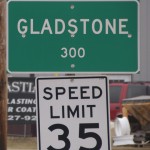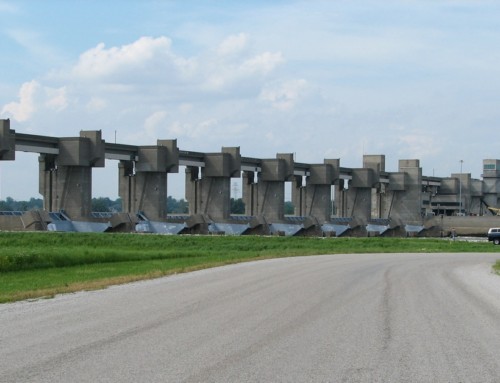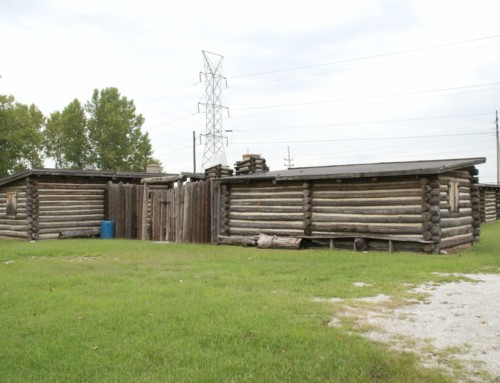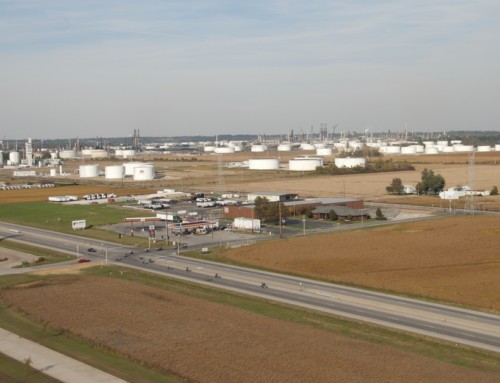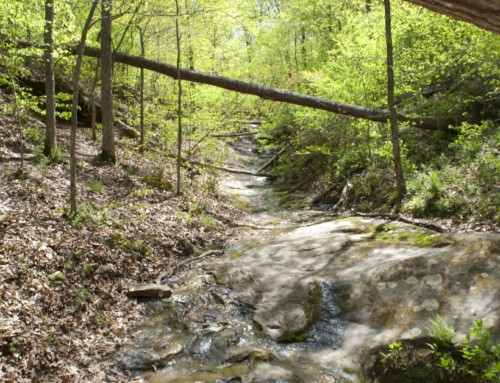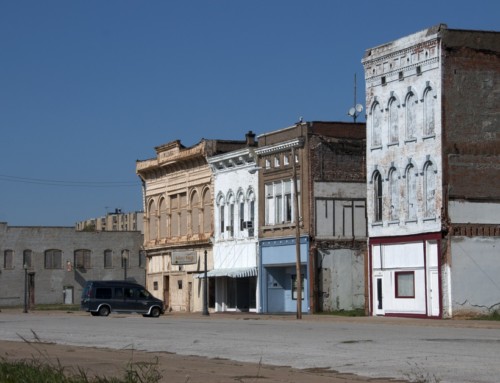History
The village that would become Gladstone began around 1856 when a place named Sage Town was platted. It was named after farmer Gideon Sage, a native of New York who moved here in 1848 with his fourteen children; people named Sage must have accounted for the lion’s share of the area’s population at that time. When the Chicago, Burlington, & Quincy Railroad built a station at the village, good times rolled in. Farmers brought their goods to the station and the railroad moved them to ports on the Mississippi.
Sage Town merged with its neighbor Lynn (named for Ezekiel Lynn) in 1881 and officially became Gladstone. By that time, the village had already been around twenty-five years and had become a commercial center for the surrounding area. It’s possible that the city was named for British Prime Minister William Ewart Gladstone, like the small city in Michigan and the town in North Dakota.
In the 1870s, several quarries opened, followed in short order by the Gladstone Refinery, which processed sorghum, grape sugar, and glucose. In 1880, the village counted two schools, two hotels, a post office, two saloons, a physician, and a feed mill. According to a county history, Gladstone’s residents in the early 1880s (when the village’s population peaked at 524) were employees of the railroad or the quarry, and the village had a higher percentage of foreign-born residents than most other towns in the county.
Gladstone hasn’t changed a heck of a lot since those early days. It’s still a small village but its population has been pretty stable for a generation.
Exploring the Area
In 1866, Jacob Allaman built a hundred-foot long covered bridge that carried vehicle traffic over Henderson Creek until 1934 when a replacement was built. The old bridge was moved over in 1935 and became the centerpiece of a rest area next to the new bridge. The covered bridge nearly washed away in a 1982 flood and was subsequently taken apart and removed for a while for a complete restoration. It was put back in place over the creek in 1984. The rest area with the Henderson County Covered Bridge is on Highway 164 two miles south of Oquawka; it is a pleasant place to stop for a photo op and a picnic lunch.
Lock and Dam 18 (309. 873.2246) has a viewing platform where you can watch boats passing through. It is also a popular place to watch bald eagles in the winter.
**Looking for more places to visit along the Mississippi River? Check out Road Tripping Along the Great River Road, Vol. 1. Click the link above for more. Disclosure: This website may be compensated for linking to other sites or for sales of products we link to.
Resources
- Post Office: 306 S Main St.
Community-supported writing
If you like the content at the Mississippi Valley Traveler, please consider showing your support by making a one-time contribution or by subscribing through Patreon. Book sales don’t fully cover my costs, and I don’t have deep corporate pockets bankrolling my work. I’m a freelance writer bringing you stories about life along the Mississippi River. I need your help to keep this going. Every dollar you contribute makes it possible for me to continue sharing stories about America’s Greatest River!
©Dean Klinkenberg, 2015,2019
